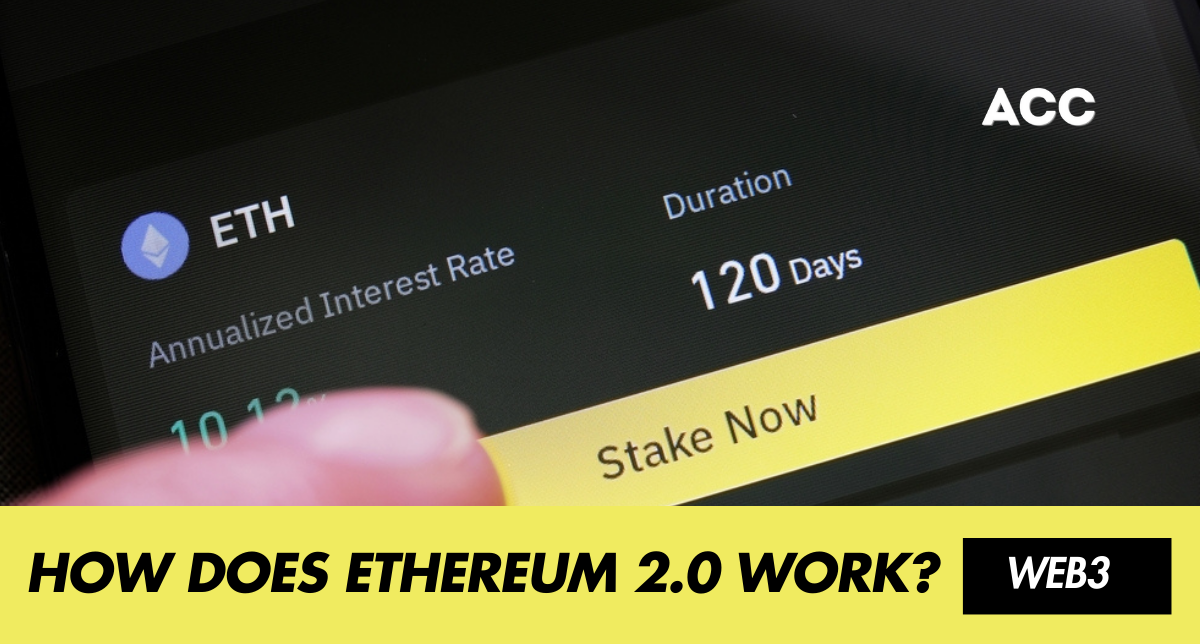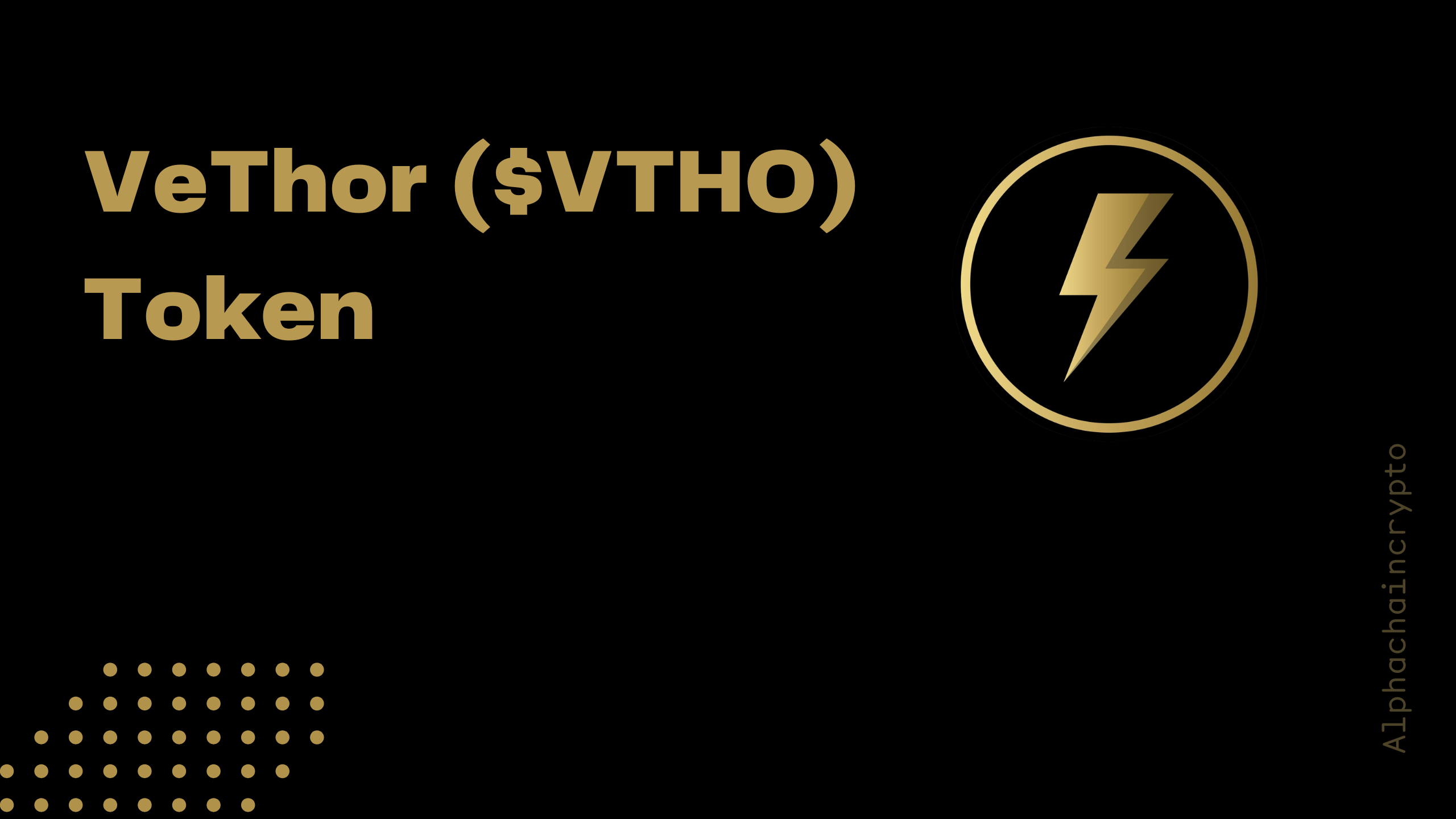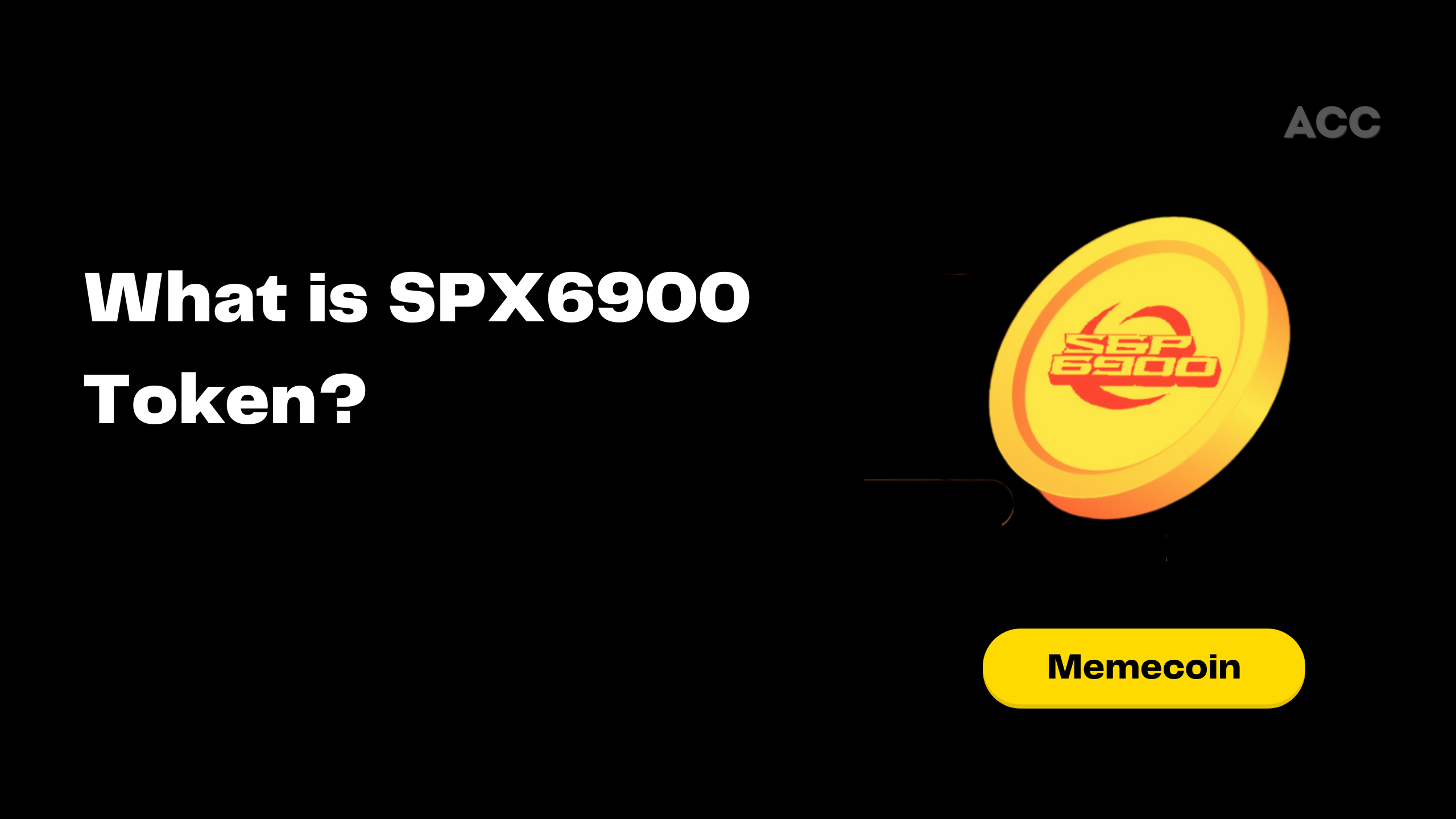Ethereum 2.0, also known as Ethereum’s consensus upgrade, represents a major shift from the traditional Proof of Work (PoW) mechanism to a more energy-efficient Proof of Stake (PoS) system. This transition aims to improve scalability, security, and sustainability of the network while reducing its environmental impact. But how exactly does Ethereum 2.0’s Proof of Stake work? In this article, we’ll break it down.
1. What is Proof of Stake (PoS)?
Proof of Stake (PoS) is a consensus mechanism where validators are chosen to propose and validate new blocks based on the amount of cryptocurrency they stake (lock in the network). Unlike Proof of Work, PoS does not require miners to solve complex cryptographic puzzles, which makes it much more energy-efficient.
In Ethereum 2.0, users participating in the PoS mechanism are known as validators rather than miners. Validators are required to deposit 32 ETH to activate their validator status.
2. How Ethereum 2.0 PoS Works in 5 Steps
Step 1: Becoming a Validator
To participate in Ethereum 2.0’s PoS, individuals must lock up 32 ETH in the Ethereum staking contract. This process is called staking. Validators play a critical role in proposing, validating, and confirming blocks on the blockchain.
Note: If someone does not have 32 ETH, they can still participate indirectly through staking pools, which aggregate smaller contributions.
Step 2: Validator Selection and Block Proposals
Validators are randomly chosen to propose the next block. This random selection ensures decentralization and fairness, preventing any single entity from dominating the block creation process.
When it’s a validator’s turn, they propose a new block containing recent transactions. Other validators in the network will check the proposal to ensure it is accurate and does not contain invalid or double-spent transactions.
Step 3: Attestation Process
After a validator proposes a block, other validators participate in the attestation process. An attestation is a confirmation that the validator has verified the proposed block and agrees with its inclusion in the blockchain.
These attestations work similarly to votes. The more attestations a block receives from validators, the higher the chances of it being added to the main blockchain.
Step 4: Finalization and Consensus
Ethereum 2.0 uses a unique system called Casper FFG (Friendly Finality Gadget) for finalizing blocks. Finality ensures that once a block is added to the blockchain, it becomes nearly impossible to alter it.
The blockchain finalizes blocks in “epochs,” which are sets of 32 blocks. For a block to be finalized, it needs at least two-thirds of validators to confirm it through their attestations.
Step 5: Rewards and Penalties
Validators earn rewards in ETH for:
- Proposing valid blocks.
- Attesting to the accuracy of other proposed blocks.
- Remaining active and online during their turn.
However, validators can also face penalties:
- Inactivity leaks: Validators who remain offline for too long lose some of their staked ETH over time.
- Slashing: Validators who try to propose conflicting blocks or behave maliciously lose a portion of their stake as a penalty.
This reward-and-penalty system ensures validators act honestly and stay online to secure the network.
3. Key Features of Ethereum 2.0’s PoS Mechanism
Energy Efficiency
One of the most significant advantages of PoS is that it is 99% more energy-efficient than PoW, as it does not require extensive computational power to solve puzzles.
Scalability
Ethereum 2.0 introduces sharding, a scaling solution that splits the blockchain into smaller “shards,” each capable of processing transactions simultaneously. This enables the network to process thousands of transactions per second, compared to the current Ethereum 1.0 throughput of around 15-30 transactions per second.
Security
Ethereum 2.0’s PoS ensures security by making attacks more expensive. To launch an attack, malicious actors would need to control a majority of staked ETH—an incredibly costly endeavor. Additionally, slashing penalties discourage validators from behaving maliciously.
4. How Does Ethereum PoS Compare with PoW?
| Feature | Proof of Work (PoW) | Proof of Stake (PoS) |
| Energy Consumption | Very high | Minimal |
| Transaction Speed | Slow (15-30 TPS) | Faster with sharding (up to thousands of TPS) |
| Hardware Requirements | Specialized mining equipment | Regular computer or node |
| Security | Good, but vulnerable to 51% attacks | Strong, with slashing and staking incentives |
| Environmental Impact | Significant | Negligible |
5. Benefits of Ethereum 2.0’s PoS System
- Reduced Energy Consumption: No need for energy-intensive mining operations.
- Greater Accessibility: Anyone with 32 ETH or access to a staking pool can become a validator.
- Enhanced Decentralization: Staking pools encourage more participation from smaller investors, promoting decentralization.
- Faster Transactions: PoS enables faster finalization of transactions, especially when combined with sharding.
6. Challenges and Risks of Ethereum 2.0’s PoS
While Ethereum 2.0’s Proof of Stake mechanism offers numerous advantages, it is not without challenges:
- High Entry Barrier: Validators need to stake 32 ETH, which may be expensive for many users.
- Centralization Risks: Large staking pools could potentially gain influence over the network.
- Slashing Risks: Validators must remain online and behave correctly to avoid penalties, making it more demanding than passive investments.
- Transition Issues: The shift from PoW to PoS is complex and requires existing Ethereum users to adjust to the new framework.
Wrapping
Ethereum 2.0’s Proof of Stake is a revolutionary shift aimed at making the blockchain more scalable, secure, and environmentally friendly. By replacing miners with validators and using staking instead of computational puzzles, Ethereum can reduce energy consumption, improve transaction speed, and encourage broader participation.
Although challenges like staking barriers and centralization risks remain, Ethereum 2.0’s PoS is a promising step towards a more sustainable and accessible blockchain future.

A.k.a – alpha girl. Vinita is the founder of Alphachaincrypto. An English Lit Majors, Vinita bumped into Web3 in 2020 only to realise that tech was her calling. Later, Mathreja worked for some notable brands like Near Education, Biconomy, CoinDCX and top of the line crypto start ups.





